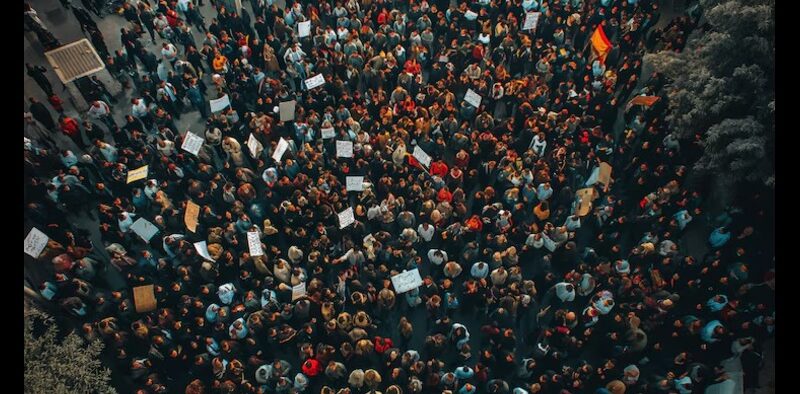Chaos at WBSSC: Police Prevent Teachers’ Leader from Meeting Officials
Share

In a spectacular escalation of the ongoing WBSSC recruitment protests, teacher-activist Suman Biswas has alleged that the police used excessive force in an effort to He is kept from meeting WBSSC officials by rising legal issues and tensions.
Monday found him standing at the Karunamoyee Metro station, expecting to join other leaders advocating for the reinstatement of teachers who had been Single me out for the 2016 hiring process following the Supreme Court’s annulment of According to Biswas.&”My kurta was ripped, my cellphone Under a Calcutta High Court order, he said the stated objective of his visit—to attend lectures at the Though he was formally authorized, plainclothes law enforcement officers allegedly seized him, which started a brief, brutal fight broadcast live on social media.
The friction appears among a long-standing and quite divisive narrative. The Supreme Court of India concluded in April that the 2016 WBSSC recruiting was tainted by “systemic fraud” and nullified more than 25,000 appointments. The state government’s plea to overturn the decision was rejected, thereby maintaining this conclusion. Demonstrations erupted in response. thousands of fired teachers—many of whom had before been deemed”untainted” by investigation—demanded to be rehired without having to retake the frustration from recruiting tests has been heightened by delays in releasing fresh recruitment processes and ambiguity regarding the categorization of tainted versus.untainted people.
Key figure in the forum of the protesting teachers, Biswas has grown to be a symbol of rebellion. He directed earlier protests, including hunger strikes and sit-ins in Bikash Bhavan, which garnered extensive political and popular support, front of the Education Department headquarters in Salt Lake. At times, these demonstrations became confrontational, leading to clashes with the police and, at times, charges of excessive force, whereas protesters claimed that the government was attempting to discredit the validity of the demonstration.
On their behalf, the state government has given several warnings about possible breaches of law and order. Recently, police raised an audio clip that apparently showed some teachers conspiring to launch petrol bombs and perpetrate violent attacks at protests. Police stated that the show was set to occur at an illicit site, in violation of court orders. A suo-moto lawsuit was initiated. Flatly denying any participation in such conspiracy schemes, Suman Biswas has rejected the accusations as efforts to sabotage a quiet protest with the only aim of recovering employment.
The ongoing strife in the metro station emphasizes the ongoing strain. Made well-known, Biswas’s words were symbols of seen persecution and gave the movement’s membership even more energy. Demonstrators claim that their right and nonviolent contacts with the government are being suffocated, therefore undermining public confidence in the very agencies charged with carrying out justice.
Still, the political scene is divided. While other critics have condemned the strategy, civil society groups and opposition political parties have attacked the state government’s and police response to the demonstrations. The defendant party silenced opposition utilizing security forces. It is under state control. Still, clear disclosure of the OMR sheets employed in the first 2016 recruiting and fair treatment for clean candidates are most pressing requirements. Why should I be forced to reapply with those who were called out in the corruption probe? Many “untainted” contenders claim that justice calls for my immediate return.
Rising tensions have the larger educational community on tenterhooks. The hiring stalemate, which has produced so many teacher vacancies, has damaged the educational system of the state. Parents and youngsters—especially in underserved and rural areas—bear most of the indirect costs of the problem: disoriented learning, crowded classrooms, and disillusioned instructors.
Considering the strain on the state’s education system and the growing teacher rage, the conflict at Karunamoyee might represent a new high point in the deadlock. Unless the government and the WBSSC have meaningful talks or unless court decisions offer clarifying, the disturbance will probably keep its disturbing course.










